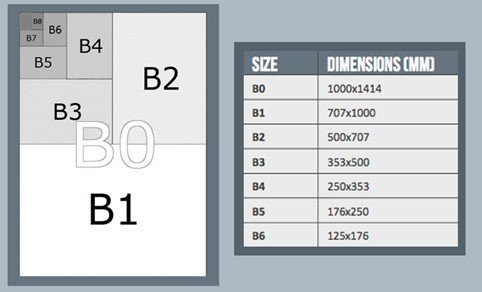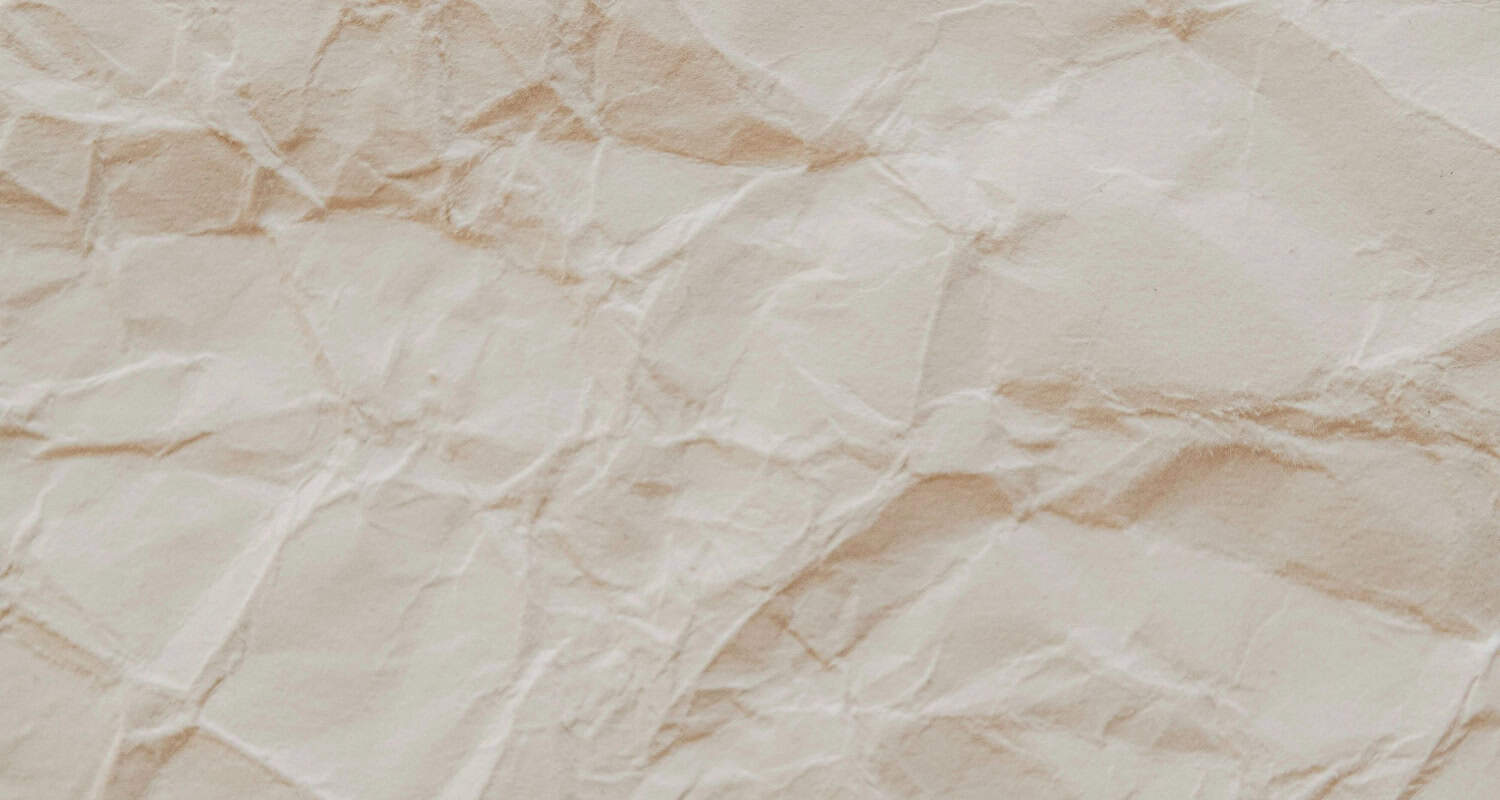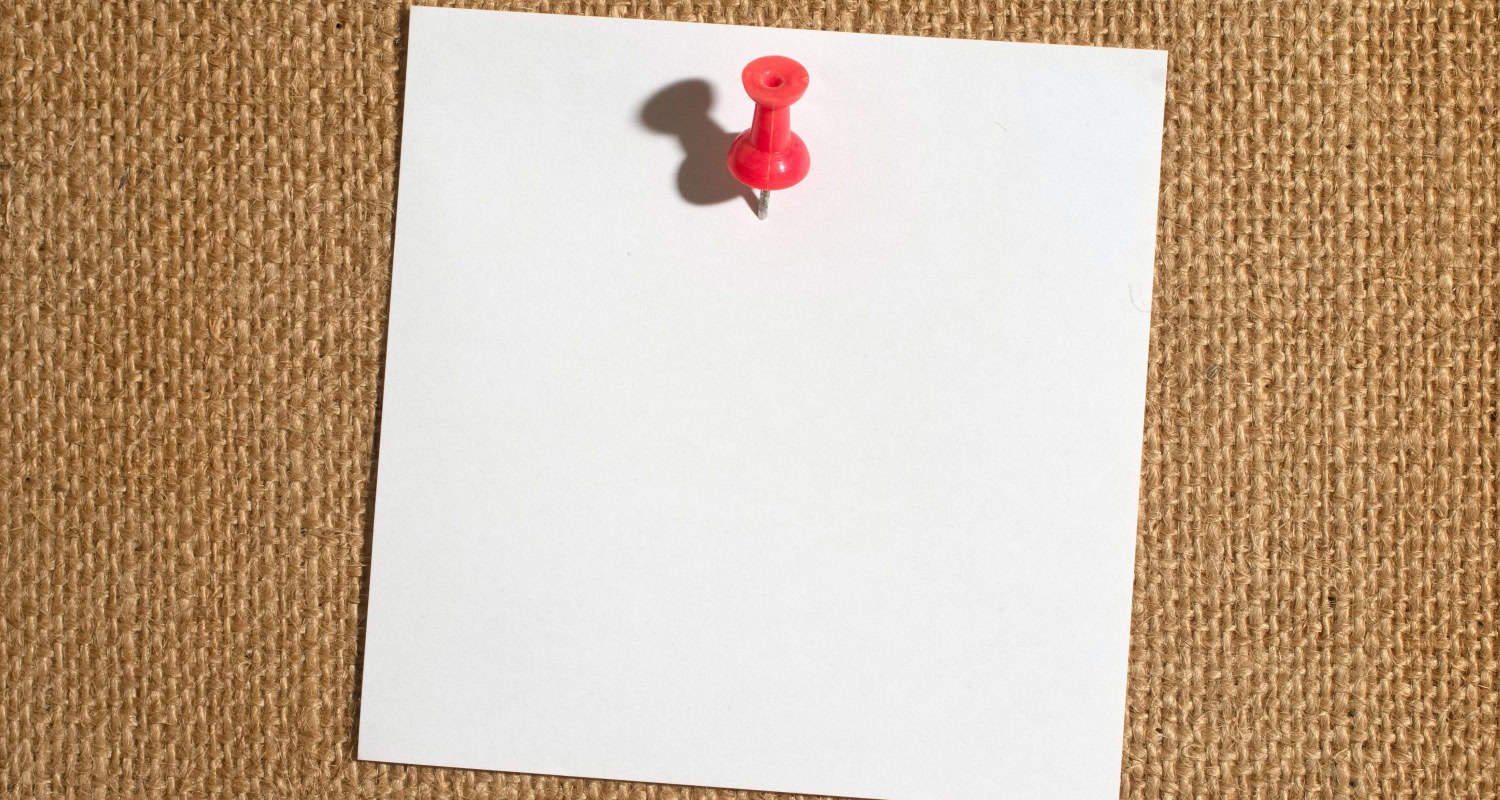B Paper Sizes is a question that we generally see. Papers have always been important to man. Since the old ages till today, man has always felt the need to write and express their feelings. Earlier we did it through cave paintings and writing on leaves, and today we do it by writing on paper. But this evolution of writing didn’t happen at once.
ISO 216 applies to trim paper sizes for an executive, profitable and specific use, and likewise to certain classes of written matter, related as forms, canons, etc. It doesn’t certainly relate to journals, written books, bills, or different distinctive details that can be the subject of separate International standards.
The boundaries of the B order paper sizes, as delimited by ISO 216, are likely in the table beneath in two together millimeters and height( cm measures may be accomplished by separating the mm profit by 10). The B Series paper intensity graph is an ocular clarification of the B paper sizes’ connection with each one.
[table id=75 /]It took time, and it evolved through the ages. The article that we use today is not the one that we used ages ago. Humans started with writing on cave walls, the on leaves, then on papyrus sheets which further led to the evolution of paper.
Table of Contents
History of Paper
We made the earlier paper of bamboo leaves and shrub barks which were fibrous. But later, we started better quality of the article to be made from sugarcane crush and soft shrubs. Today we have got a wide variety of paper based on merit and size.
Quality is determined by the material we use for doing writing and the process used – today, we’re so progressed that we can make the right quality paper even out of non-plastic wet waste generated from home. But the size?
B Paper Sizes
Paper Sizes have varied overages and have been different even at the same time. Some paper sizes too small and some too large depending on the purpose. But even for the same goal – because of no regulations being present earlier – people used papers of different sizes as per what they felt.
This caused a wide range of problems while stepping into the modern world regarding transportation and handling of paper and documents, especially when communicating with other countries or nations.
That is why it was universally decided to form an International Organization for Standardization (ISO); which sets particular standards for the sizes and dimensions for every quantity including paper, weights, etc. ISO 216 determines the dimensions of various Paper Sizes; sets specific rules to follow while naming papers by size. The principal Series names range from A, B, C, etc.; there are many numbered sizes such as A0, A1, …, B0, B1, …, etc. in each Series. Today we are talking about B Paper Sizes.
Dimensions Of B Paper Sizes
Choose the paper size from the ‘Size‘ field and the unit from the ‘Unit‘ field. Once done, the dimensions will be shown in the ‘Dimensions‘ box.
Table of Paper Sizes from B0 to B10
[table id=7 /]Below is a table containing dimensions for paper sizes B0 to B10.
ISO 216 Standard for B Paper Sizes
B Series Papers were formed to name the Sizes that did not come in A Series – sizes that are generally used by professional artists and civil engineers to draw bigger models and other such related purposes.
ISO 216 for B Series Paper Sizes uses the properties of the √2:1 aspect ratio which was first described in a letter by Georg Christoph Lichtenberg, a German Scientist. This aspect ratio had further adopted in the German DIN 476 Standard for Paper Sizes on which the ISO 216 is based. The properties are as follows:
- Folding or cutting at exactly halfway between the two shorter sides of a paper; with an aspect ratio of √2:1 leads to the two new papers having the same aspect ratio.
- Joining two papers with an aspect ratio of √2:1 each by the longer sides leads to the new more prominent paper having the same aspect ratio.
This can be of real help to artists and for civil purposes; where the aspect ratio of paper matters a lot and adoption of them in the ISO 216 for B aper Sizes has helped it, being a Standard for acceptance worldwide.
B Paper Sizes Definition
The B succession paper sizes are defined in ISO 216 in the following habit. This paper order mainly specifies the sizes not closed under A order.The following rules are to be followed while size B Paper Sizes:
- All Sizes have the Standard √2:1 aspect ratio. i.e., length is always equal to √2 times the breadth. This helps in the way that when the B Series Papers gets enlarge or dwindle; the aspect ratio remains the same.
- They created B Paper Sizes by the following method:
Each B(n) size has defined to be the Geometric Means of A(n) and A(n-1) sizes. i.e. size of B(n) = √(size of A(n)) × √(size of A(n-1)). This property helped in enlarging or dwindling the documents in a way that the enlargement; from A(n) to A(n-1) is the same as the enlargement from B(n) to B(n-1) and same for the development (i.e., reduction).
- As the aspect ratio is √2, an irrational number, the Standard lengths are in a round to the near millimeter.
The most significant dimensions of B Series Papers, i.e., Size B0 is 1414 mm × 1000 mm (55.7 in × 39.4 in) while the smallest dimensions of B Series Papers; i.e., Size B10 is 44 mm × 31 mm (1.7 in × 1.2 in). We have shown the Sizes in the chart below. Sizes in centimeters and feet can obtain by dividing the mm sizes by 10; the inch sizes by 12 respectively.

(Image Courtesy: Nexus)
Tolerances of B Paper Sizes
Paper cutting, even with exact machines, can be very messy and a complicated process. Human or mechanical errors always creep in. That is why ISO 216 also specifies some tolerance levels for mistakes in B Paper Sizes which are as follows:
- ± 1.5 mm (0.06 in) for lengths and breadths up to 150 mm (5.9 in)
- ± 2 mm (0.08 in) for heights and widths from 150 mm to 600 mm (5.9 into 23.6 in)
- ± 3mm (0.12 in) for lengths and breadths above 600 mm (23.6 in)
Uncut B Sizes B2+ and B1+
Printing on papers can be very messy in the sense that they can cause ink bleed on the sides of paper during mass printing; this leads to wastage of paper because they did not maintain the paper size after trimming the paper. Thus, B Paper Sizes have developed Sizes called B2E+ and B1+ (also called as B1XL).
[table id=8 /]They do not define it in the ISO 216 but have grown naturally for industrial purposes. RB, the untrimmed sizes which are 105% of the area of the corresponding B size and SRB which are 115% of the area of the corresponding B size depending on how much ink bleed a printer can cause or how much paper one wants to keep extra to trim later.
[table id=9 /] [table id=10 /]The commonly used dimensions for B1+ is 1050 mm × 750 mm (41.3 in × 29.5 in) and for B2+ is 750 mm × 530 mm (29.5 in × 20.9 in). We can determine the dimensions of RB and SRB sizes by increasing the area of corresponding; B Series Paper while keeping the aspect ratio same at √2:1.
FAQ
What are the uses of B paper sizes?
The B-series is established in publication manufacturing to illustrate two together paper sizes and machine for printing sizes, containing mathematical presses. B3 paper is use to print two US messages or A4 pages side by side utilizing deception; four pages hopeful impressed on B2, eight on B1, etc.
How substantial is a B2 print?
B2 is few the B succession and is outlined for one ISO 216 worldwide paper proportion standard. A B2 contract measures 500 × 707 mm or 19.7 × 27.8 inches. Cutting it apart will constitute two B3 sheets of paper.
Is B diameter paper 11x17?
Paper, commercially, enters places of different sizes varying from reply diameter to the abundant 13x19 and beyond. The most coarse intensity in construction agencies and added regions of the table is the 11”x17” paper. This intensity of a paper covering is normally named the Tabloid, Ledger, or B magnitude paper.
Which is more generous, B5 or A4?
The judge of B-order sheets is deliberate from the lines mean of the A-succession. For example, a B5 coating is a judge between an A4 and A5 covering.
See Also: Dimensions of A Paper Sizes in Metres, Centimetres, Feet, Yards & HPGL







